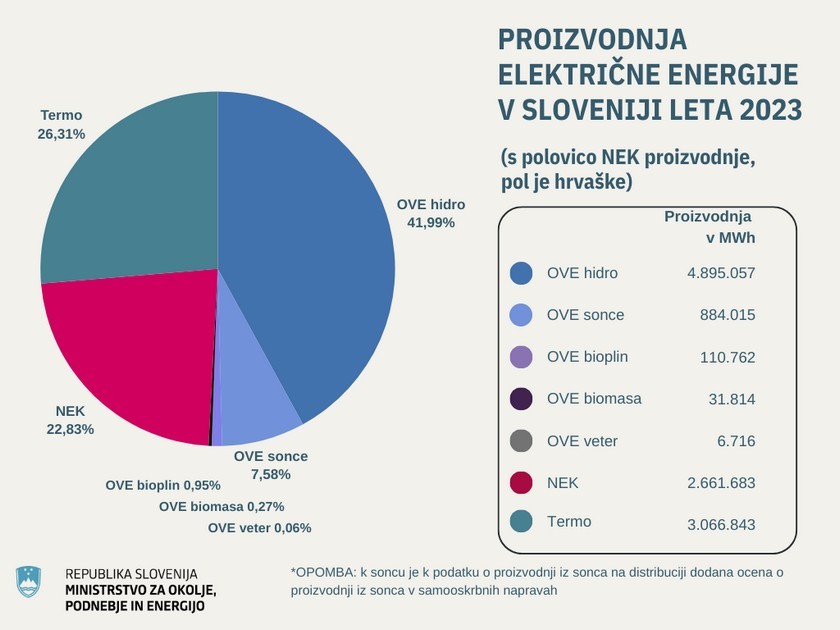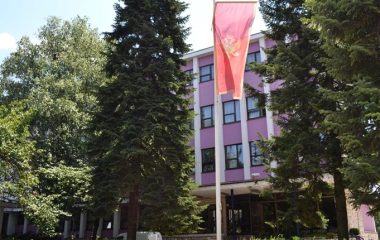
Photo: Michael Kleinsasser from Pixabay
In 2023 Slovenia added 400 MW in solar power, exceeding 1 GW in total capacity. The country also entered the list of the top ten European Union member countries in installed solar power per capita.
At the end of 2022, Slovenia had solar facilities of an overall 697.7 MW, and with last year’s expansion the level reached 1,101.5 MW, the government said.
The increase made it one of the top ten countries in the EU in terms of installed photovoltaic capacity per capita, the announcement reads.

According to the European Market Outlook for Solar Power 2023-2027, Slovenia was ninth with 593 W per person, up 72% year on year. It was the highest growth in Europe, according to SolarPower Europe.
Ahead of Slovenia were the Netherlands, Germany, Denmark, Belgium, Estonia, Spain, Greece and Austria, in that order. Luxembourg was at number ten.
The Government of Slovenia expects photovoltaic output to exceed 1 TWh in 2024.
“The government is satisfied that many have recognized the significance and benefits of the green transition, and hopes growth would continue in the coming years,” it stressed.

The growth demonstrates, it added, that the 3,500 MW target for 2030 in the revised Integrated National Energy and Climate Plan (NECP) is an ambitious, but realistic and achievable goal.
In its report, issued a month ago, SolarPower Europe estimated that Slovenia could reach 6.2 GW in total solar power capacity by 2030.
Of note, a record 55.9 GW was installed in Europe last year, 40% more than in 2022.
The boom in photovoltaics is evident throughout the planet. Renewable electricity capacity increased by a record 50% to nearly 510 GW, with solar and China as the most dominant factors by far, according to Renewables 2023, the International Energy Agency’s annual report.










Be the first one to comment on this article.